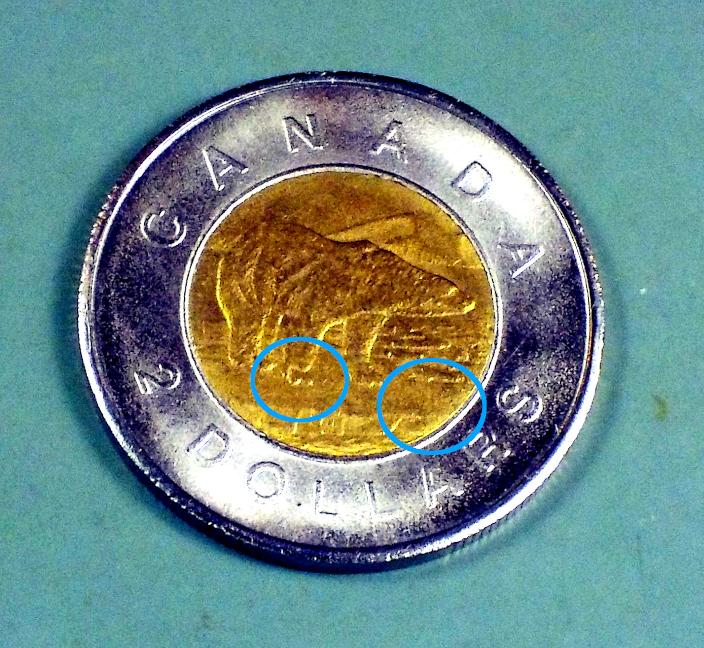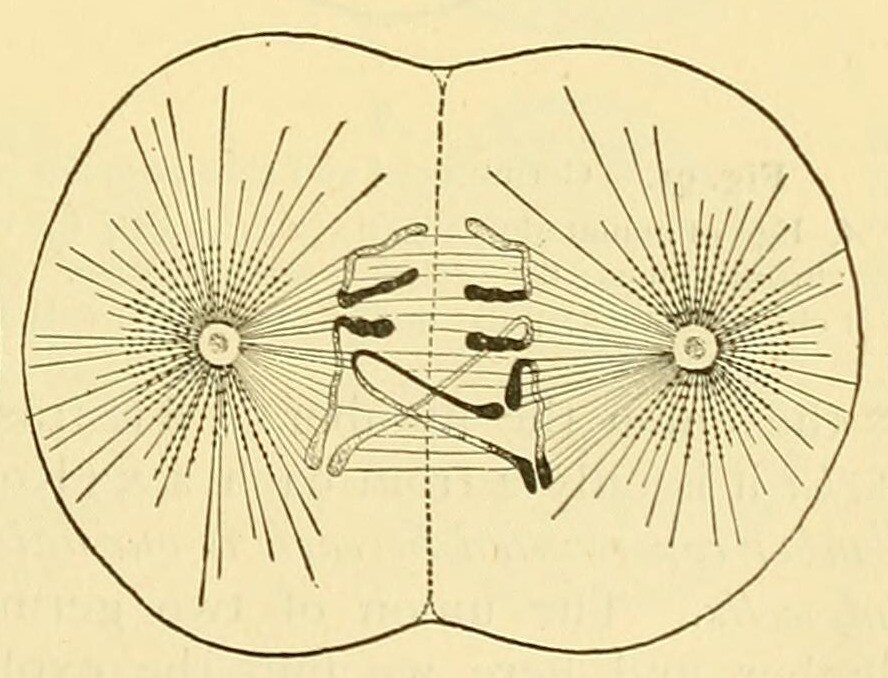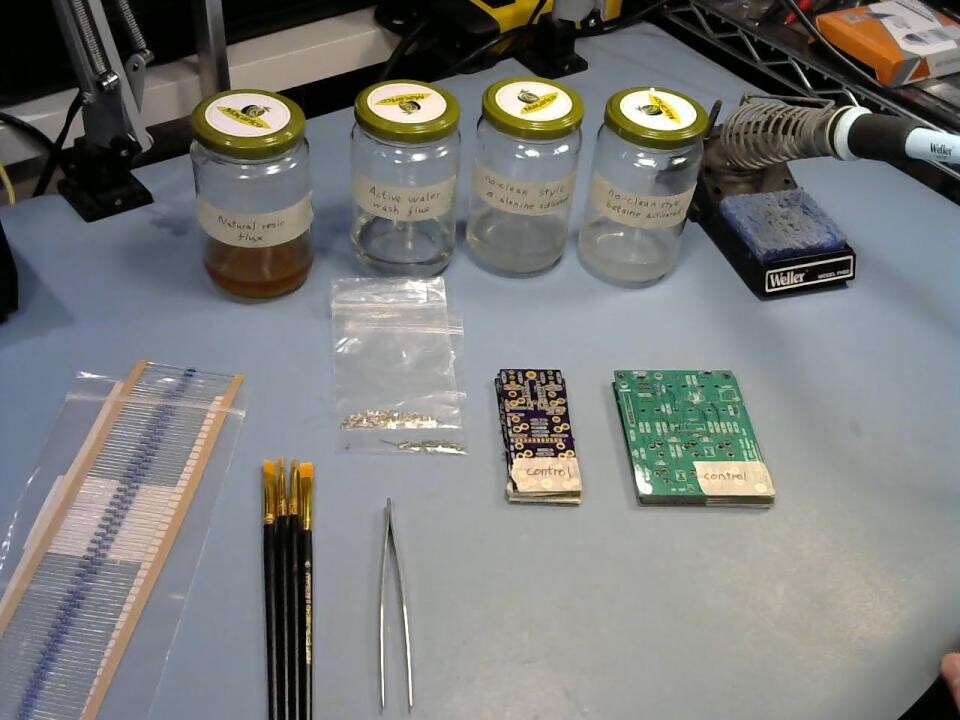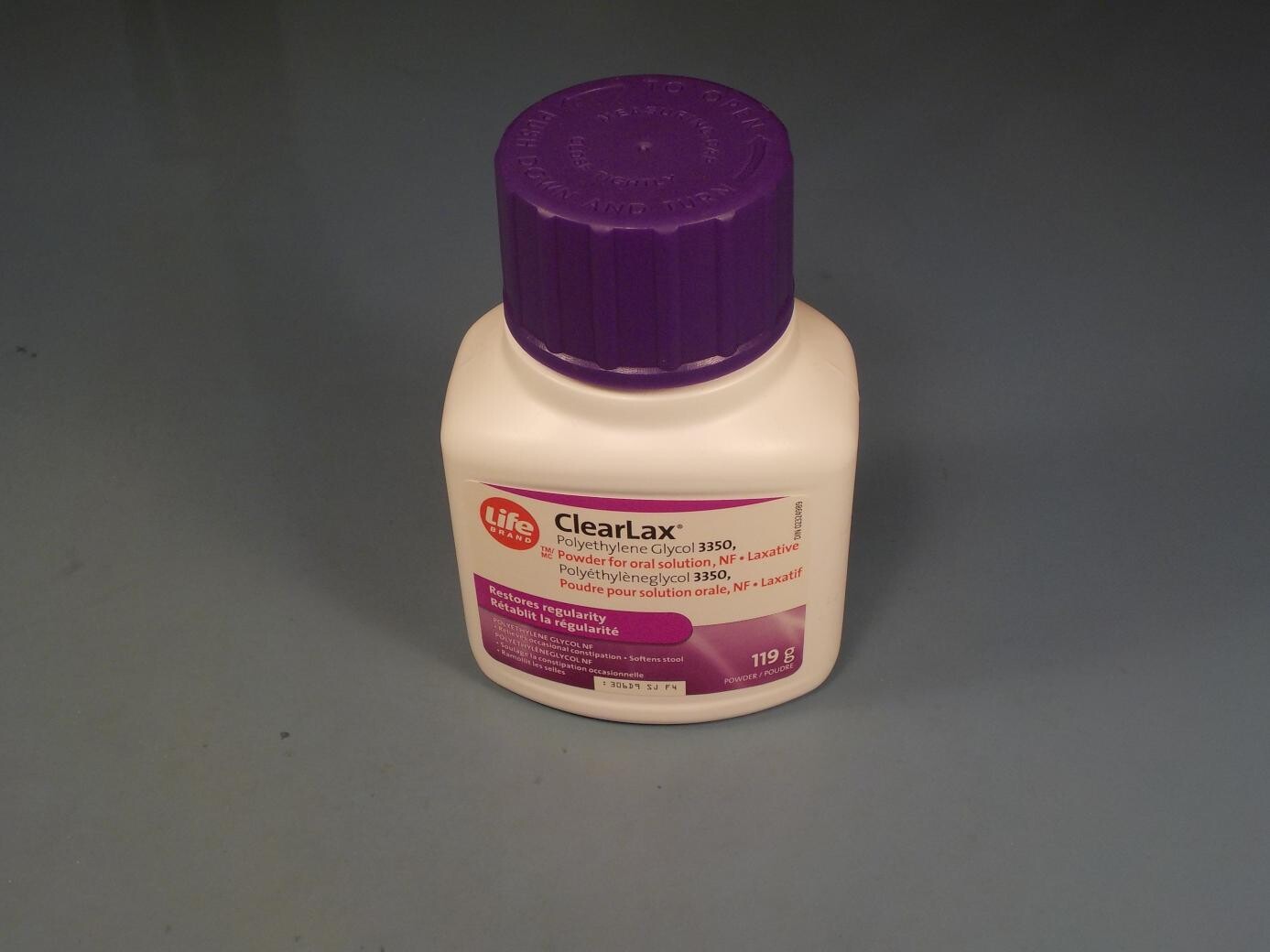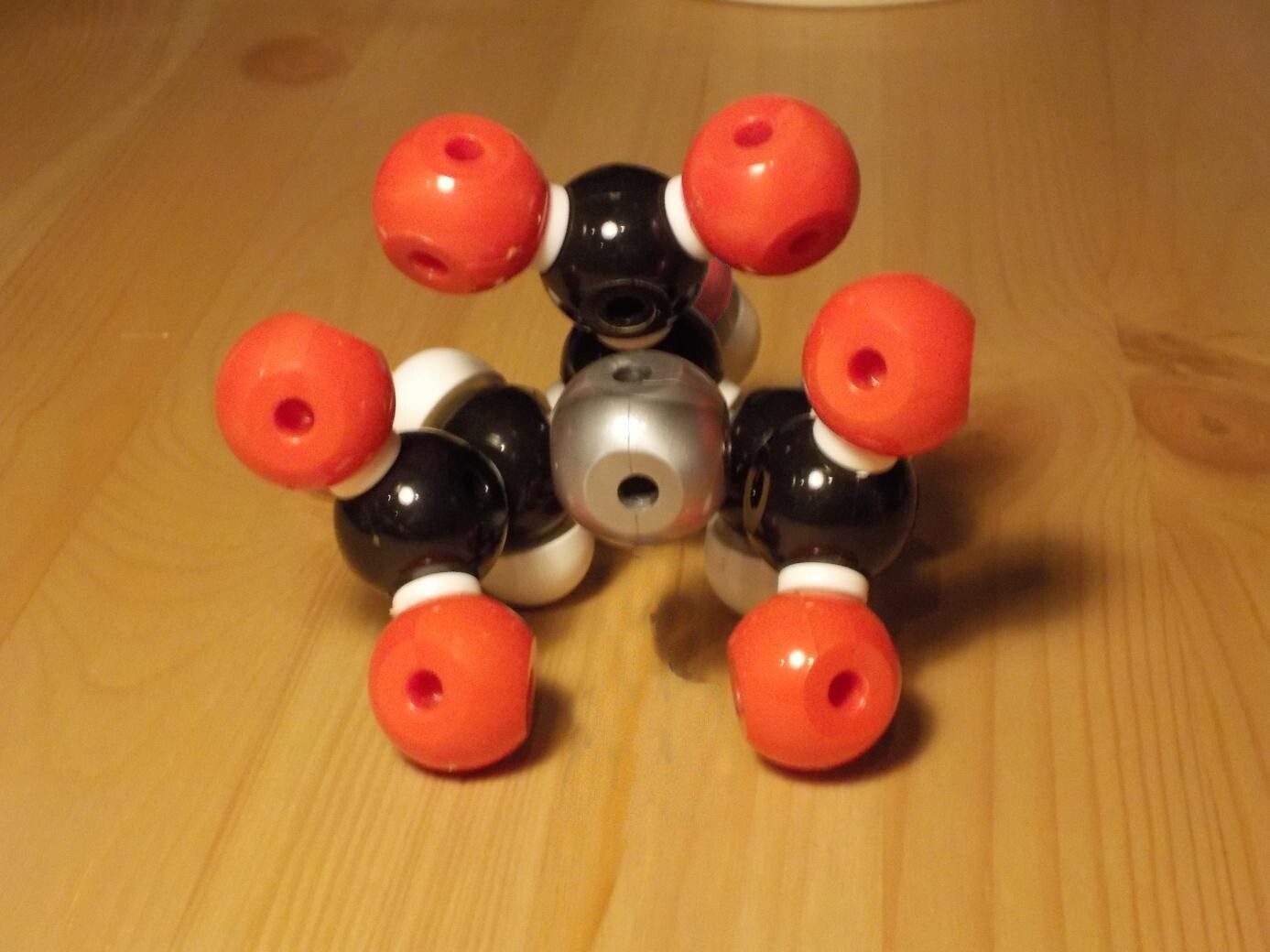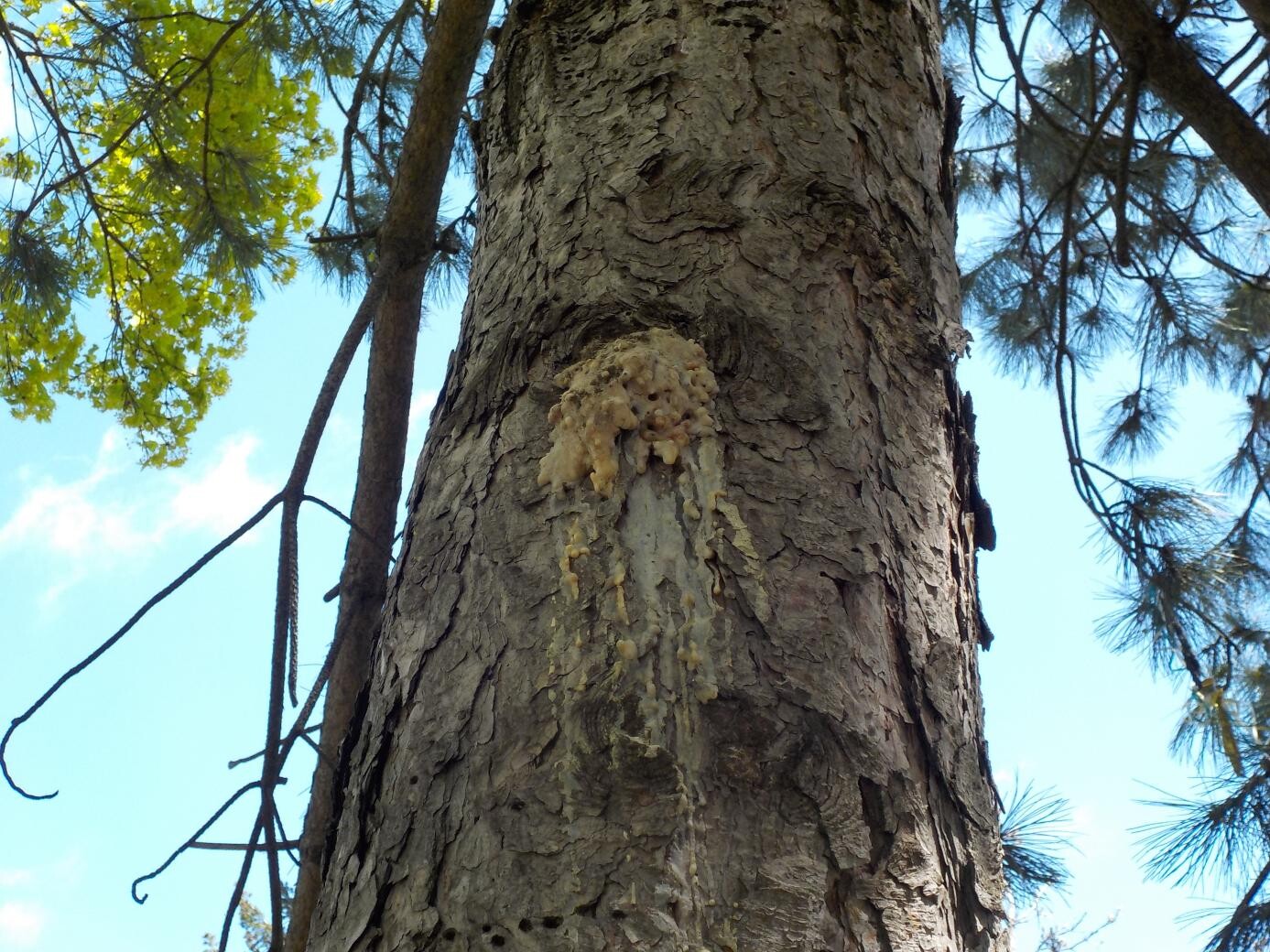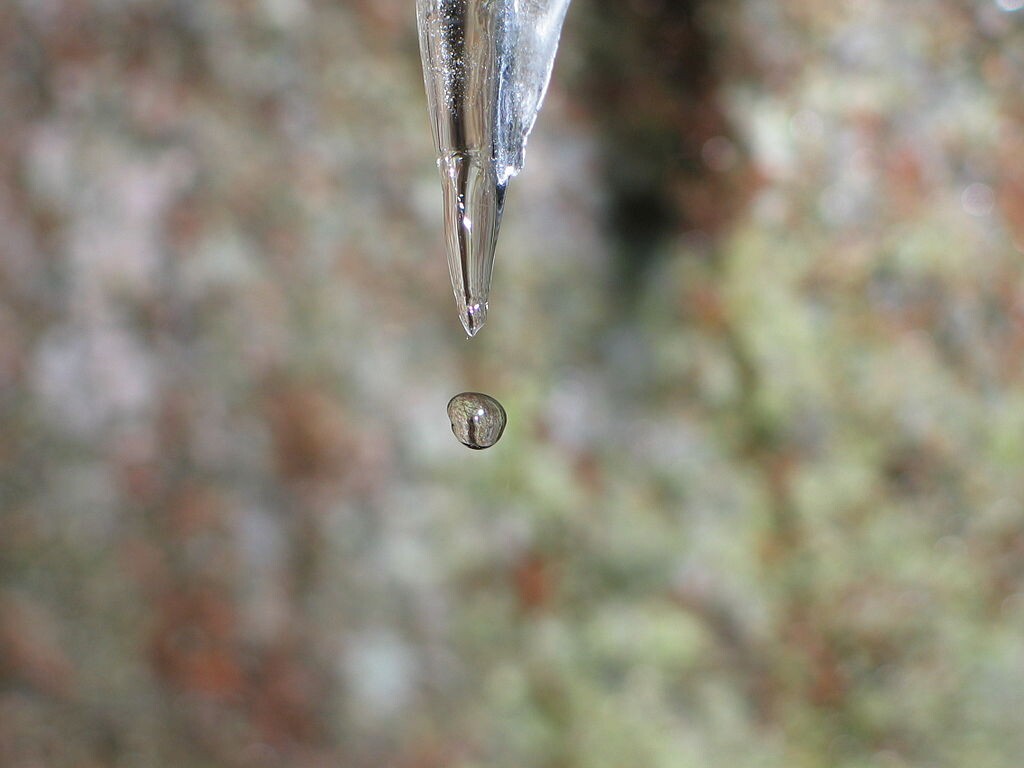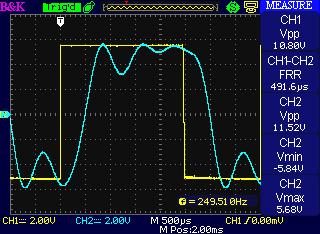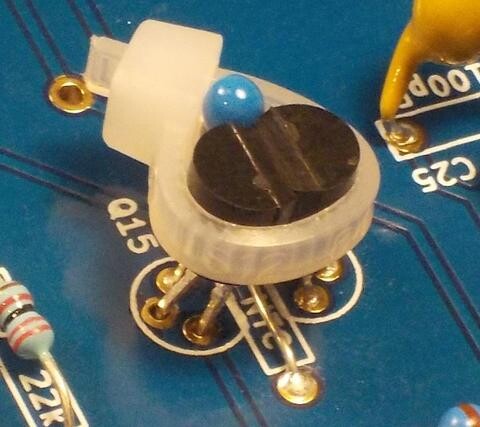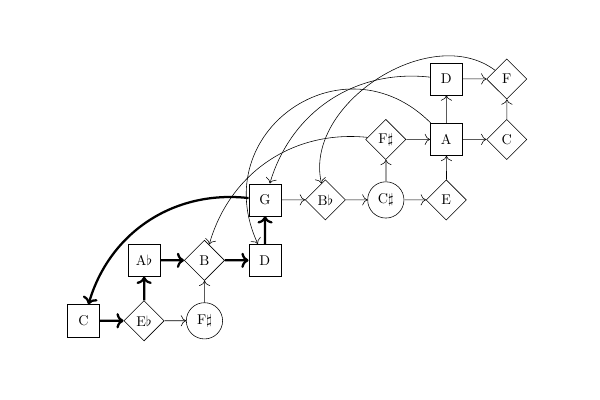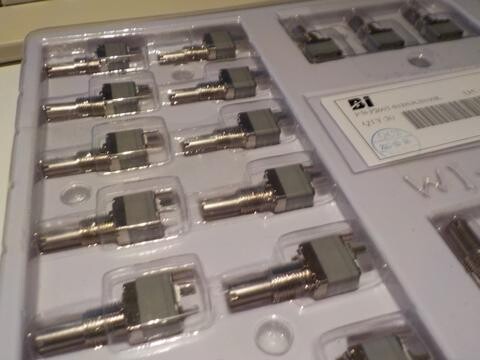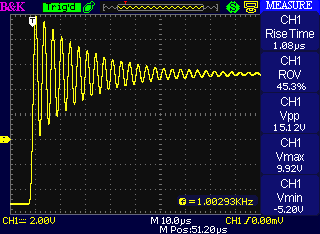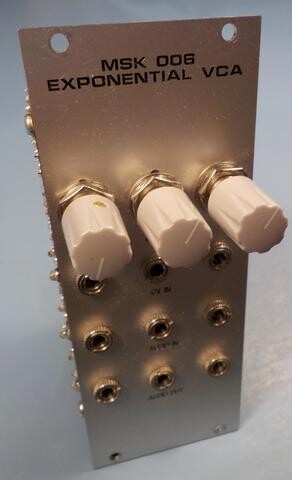tag "science!"
Tickling twonies with triangle waves
There's been a plague of bad twonies in Toronto recently. These are counterfeit Canadian $2 coins. They've been called "camel toe twonies" because one of the most visible features of the bad ones is that the right front paw of the polar bear on the reverse is misshapen, vaguely resembling the toe of a literal camel and not any other meaning of that term. READ MORE
Inrush current and measuring it
Sometimes I get questions about what the questioners call the "inrush current" of North Coast Synthesis modules. I think people who ask about this are usually hoping I can give them a single number in answer - "The inrush current of X module is Y number of milliamps" - and then they'll be able to compare it against some specification of a power supply and know whether it'll be safe to connect that module to that power supply, or compare it against other modules to decide which one is better and which one to buy. Maybe they think it would make sense to compile a spreadsheet or start a "List of module inrush currents 2023" forum thread. Unfortunately, inrush current isn't as simple as that. No simple answers are possible, and attempting to reduce the matter to a bare number per module is counterproductive. Let's look at the issues in more detail. READ MORE
Genome Jazz
The COVID-19 pandemic has made everybody interested in virology, and molecular biology more generally, and one of the cool things about living in the Future is that genome sequences have become accessible. Where it used to be the work of a person's entire career to maybe obtain just a fragment of the code for a single gene, now there are machines that can obtain a complete sequence for a sample in just hours or days. And unlike a lot of other scientific data, it's become the usual practice for gene sequences to be shared. Any ordinary person, not just a capital-S Scientist, can just go on the Web and download the sequences for genes. So here's one of my lockdown projects: using that public genome data for sonification. READ MORE
Testing homemade fluxes
In the last four articles (start here) I've gone through a lot of the technicalities of flux: what's in it, how it works, and how to make your own. Now, let's bring it together and try out all these experimental fluxes. READ MORE
DIY no-clean-style flux
My two previous DIY solder flux formulations are both designed to be cleaned away after use, with alcohol or with water. In both cases the cleaning is more or less necessary: traditional resin leaves a sticky residue that will attract water, and the citric-acid water-wash flux remains active and corrosive at room temperature, so it will damage boards if left in place. But there are many solder joints, such as those involving stranded wire or liquid-trapping components like potentiometers, that cannot or should not be cleaned after soldering. Those mandate a no-clean flux. READ MORE
Make your own water-wash flux
The current trends in electronics are to smaller and smaller surface-mount components; lead-free solder alloys and a diversity of surface platings; higher temperatures which mean soldering must be faster to avoid component damage; and avoiding toxic or environmentally-damaging cleaning solvents. All these trends make traditional solder fluxes, like the one in my last article, less effective or appealing. In this article, let's look at water-wash fluxes, which address some of the issues of the older style. READ MORE
Homemade traditional resin flux
For most of the history of electronics, rosin has been the main ingredient in electronic solder flux. Anybody who learned electronics Back In The Day™ will be familiar with the piney smell of solder smoke. In this second article of the series on flux, we'll look at how to make your own traditional rosin or resin flux. For some background on the chemistry and physics of how flux works, see Part 1: "What is flux?" READ MORE
What is flux?
The details of soldering are always popular discussion topics in synth DIY fora: what kind of soldering iron should I use for building something like a Coiler VCF kit? What temperature? What kind of solder? And that last topic, in practice, is often really a discussion of what flux to use, because flux is usually built into the solder and the differences among fluxes are often the most important differences among solder products. There's been a lot written on recommendations for what kind of flux to use in different SDIY applications, but in this entry I'm going to take a different perspective on flux: the chemistry and physics of the flux itself. What is this stuff that we use every day, and how does it work? In planned future entries, I'll go through flux formulations you can make at home, videos of my own experiments with homemade flux, and so on. READ MORE
Frequency, latency, and uncertainty
Some wigglers want "fast" envelopes that will turn a signal on and off without any delay and without any perceptible clicking sound. Some wigglers want spectral effects, like frequency shift or vocoding, without any latency between the input and output. Some wigglers just want accurate pitch tracking of external inputs. All of these wigglers are doomed! None of those things can ever work perfectly. But the funny thing is that they're all doomed for the same reason. There is a fundamental principle that limits the performance of all these seemingly different things, and I'll try to explain the connection in this posting without resorting to any particularly complicated math. READ MORE
Temperature compensation with NTC thermistors
The panel contractor says they dispatched the first production batch of MSK 007 Leapfrog VCF panels to me on Friday, and those are the last remaining physical items needed before I can launch the module; so I'm still hopeful that I can aim for a launch by the end of the month. That means I need to finish up the last few documentation items; one of them is a description of the exponential converter temperature compensation circuit, and that's an interesting enough item to be worth a Web log posting of its own. READ MORE
Nucleosynthesis
Here's a diagram of something called the CNO process, encompassing many of the nuclear reactions by which stars shine. READ MORE
Video picks
I've been busy this week dusting off the design for the Leapfrog Filter. I really did most of the work on it back in 2016, and I even built a prototype which works pretty well, as you can hear in audio demos like this one. I'm hoping that will translate into a quick launch with not much more prototyping necessary. But I didn't have a chance to touch it at all while I was launching the Web shop and the other two modules, and now there's literal dust on my prototype and metaphorical dust on the design. This week I ordered most of the parts for some new prototypes, including these fancy million-operation conductive plastic potentiometers. They cost an arm and a leg even in bulk, and I can't really afford to buy them in bulk until after the first few Leapfrogs sell, but they feel great, much smoother than the cheap Thai carbon pots the discounters use. And they will basically last a lifetime. So I think the "build quality" of these, as people call it, is worth the price. READ MORE
Understanding stabilization capacitors
Here's a simplification of the output driver circuit from the MSK 008 Dual VC Octave Switch. READ MORE
Reality check: HP
Modular hobbyists love to invent fantasy modules. We'll sit down and sketch out just exactly the modules we wish we had in our racks, and then either show the mock-up images to their friends and leave it at that, or take it a little more seriously and try to actually build and sell our dream modules. All good clean fun. READ MORE
